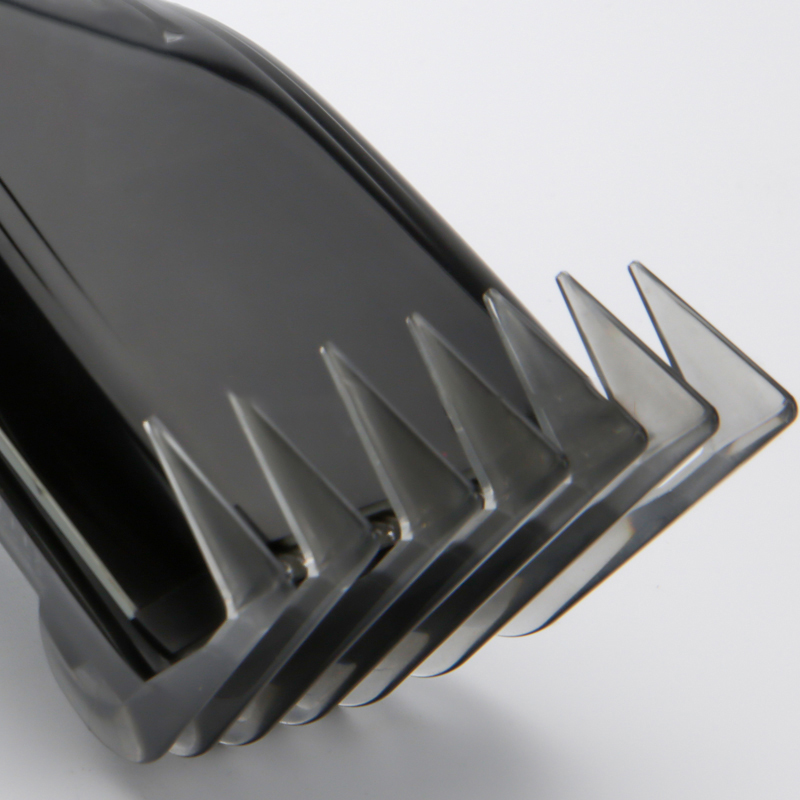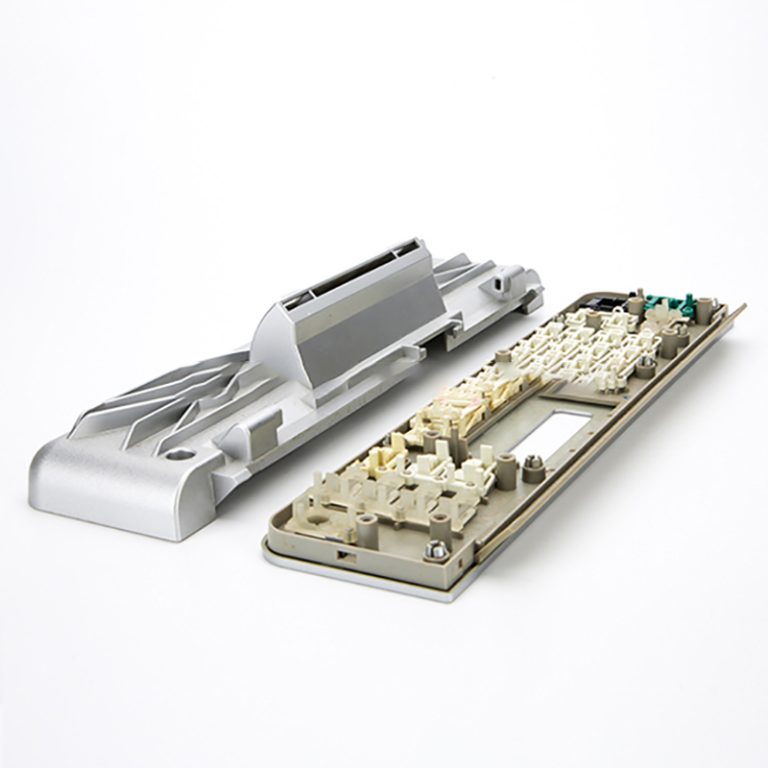Table of Contents
Benefits of Using Plastic Components for Soffit Ventilation
Soffit ventilation is an essential component of any building’s ventilation system. It allows fresh air to enter the attic space, helping to regulate temperature and prevent moisture buildup. One popular material for soffit vents is plastic components. Plastic components offer a range of benefits that make them an attractive choice for soffit ventilation systems.
One of the primary advantages of using plastic components for soffit vents is their durability. Plastic is a strong and resilient material that can withstand the elements, including harsh weather conditions and UV exposure. This means that plastic soffit vents are less likely to warp, crack, or deteriorate over time compared to other materials. As a result, they require less maintenance and have a longer lifespan, making them a cost-effective option in the long run.
In addition to their durability, plastic components are also lightweight and easy to install. This makes them a convenient choice for contractors and homeowners alike. Plastic soffit vents can be quickly and easily mounted in place, saving time and labor costs during installation. Their lightweight nature also means that they are less likely to put strain on the structure of the building, making them a practical choice for retrofitting existing buildings with ventilation systems.
Furthermore, plastic components are available in a variety of shapes, sizes, and colors, allowing for customization to suit the aesthetic preferences of the building owner. Whether you prefer a discreet vent that blends seamlessly into the soffit or a bold color that makes a statement, plastic components offer versatility in design options. This flexibility allows for greater creativity in architectural design and can enhance the overall appearance of the building.
Another benefit of using plastic components for soffit vents is their resistance to corrosion and rust. Unlike metal vents, plastic components are not susceptible to rusting or corroding over time, even in humid or coastal environments. This makes them a reliable choice for buildings located in areas with high moisture levels or salt exposure. Plastic soffit vents will maintain their appearance and functionality for years to come, without the need for frequent replacement or maintenance.
Additionally, plastic components are an environmentally friendly choice for soffit ventilation systems. Many plastic materials used in construction are recyclable, making them a sustainable option for building projects. By choosing plastic soffit vents, you can reduce your environmental impact and contribute to a more sustainable construction industry.
In conclusion, plastic components offer a range of benefits for soffit ventilation systems. Their durability, ease of installation, design flexibility, resistance to corrosion, and environmental sustainability make them a practical and attractive choice for builders and homeowners. Whether you are constructing a new building or upgrading an existing ventilation system, plastic soffit vents are a reliable and cost-effective option to consider.
How to Properly Install and Maintain Plastic Soffit Vents
Plastic soffit vents are an essential component of any home’s ventilation system. They play a crucial role in allowing air to flow in and out of the attic, helping to regulate temperature and prevent moisture buildup. Proper installation and maintenance of these vents are key to ensuring they function effectively and prolonging their lifespan.
When it comes to installing plastic soffit vents, there are a few key steps to keep in mind. First and foremost, it is important to choose the right size and style of vent for your home. Soffit vents come in a variety of shapes and sizes, so be sure to select one that is appropriate for your specific needs. Additionally, make sure to measure the area where the vent will be installed to ensure a proper fit.

Once you have selected the appropriate vent, the next step is to prepare the area for installation. This may involve cutting a hole in the soffit to accommodate the vent, so be sure to use the proper tools and techniques to ensure a clean and precise cut. It is also important to follow the manufacturer’s instructions for installation, as each vent may have specific requirements.
After the vent has been installed, it is important to regularly inspect and maintain it to ensure it continues to function properly. This may involve cleaning the vent periodically to remove any debris or obstructions that could impede airflow. Additionally, be on the lookout for signs of damage or wear, such as cracks or discoloration, and address any issues promptly to prevent further damage.
In addition to regular maintenance, there are a few other tips to keep in mind when it comes to caring for plastic soffit vents. For example, be sure to keep an eye on the surrounding area to ensure that no vegetation or other obstructions are blocking the vent. It is also important to check for signs of moisture buildup, as this could indicate a problem with the ventilation system.
Overall, proper installation and maintenance of plastic soffit vents are essential for ensuring a healthy and efficient ventilation system in your home. By following these tips and staying on top of regular maintenance, you can help prolong the lifespan of your vents and ensure they continue to function effectively for years to come.
| our services | size |
| one-stop services | customization |
In conclusion, plastic soffit vents are a vital component of any home’s ventilation system. Proper installation and maintenance are key to ensuring these vents function effectively and prolonging their lifespan. By following the tips outlined in this article, you can help keep your plastic soffit vents in top condition and ensure a healthy and efficient ventilation system in your home.






